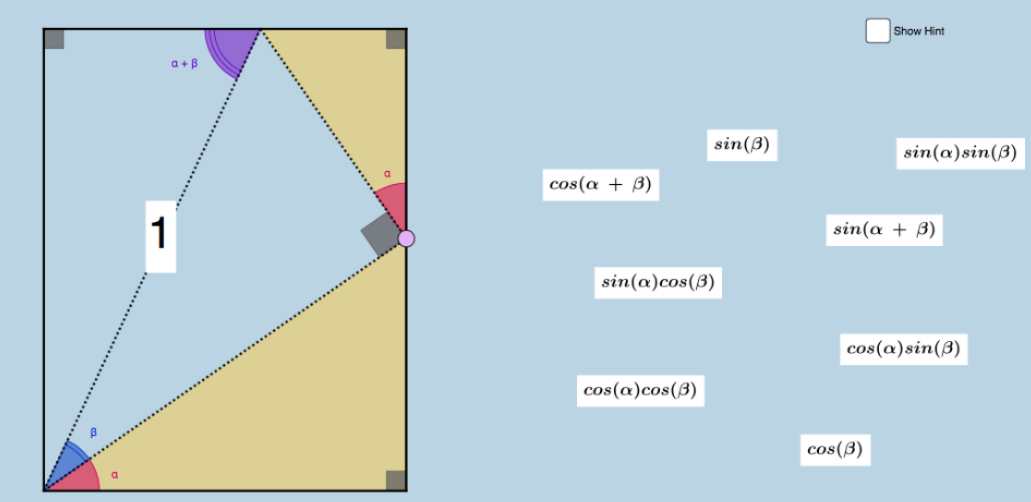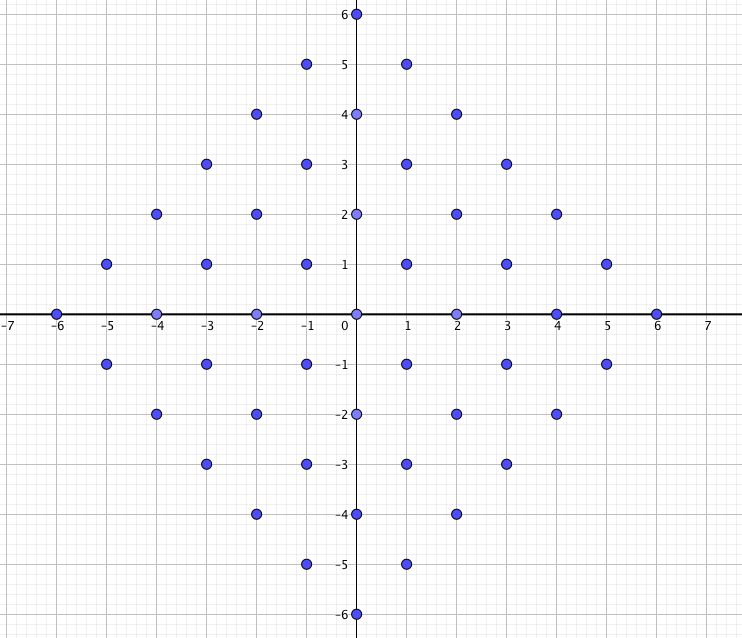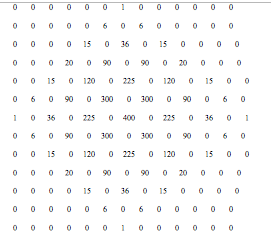Beginning my reflections on the latest TMC experience (I am fortunate enough to have been for the past four years) I find myself focusing more on the personal experiences in ATL than the mathematical ones. That being said, I LOVED the presentation on base-8 math by Kent Haines (@kenthaines) and I am beginning to shift away from my strict aversion to multiple-choice questions based on Nik Doran’s (@nik_d_maths) advice in his morning session.
Last year in Minneapolis I allowed myself to dwell on the fact that there were social happenings that I was not part of. I KNOW that this is an inevitable fact when any large group of people gather together. It was especially true since we were housed in different places AND I was not equipped with technology that allowed me to tune in to everything going on around me. It was not until November of this past school year that I had a smart phone. Looking back, I KNOW how foolish this was. I had lovely dinners and chats with folks. I went out within hours of arrival to a lovely pub with Brian Miller, his school colleague Wilson, and Henri Picciotto. I had an amazing talk at dinner one night with Dave Sabol, who is kind enough (or crazy enough) to be one of the hosts for TMC18. I had fantastic math conversations and life conversations and came home a richer person than I arrived. However, I have allowed myself to dwell on what did not happen.
This year, armed with a smart phone (that I did not end up using much at all, really), going to a hotel where (almost) everyone was staying, and being in a city I knew, I went in with an agenda for myself. I knew I would be away on Friday night visiting an old high school buddy who was also my first college roommate. I made a commitment to myself. I was not going to hang around and see what happened about lunches or dinners. I sent out a tweet on Wednesday night inviting folks to join me at a restaurant I found called Smoke and Duck Sauce. Wednesday night ended up with a large gathering at Rose and Crown that was a great deal of fun. I sent out a call on the #tmcplans for Thursday night and had a great dinner with a fun group. On Friday night I had a lovely meal with my old friend and his family and returned to the hotel to stumble in on a deeply meaningful conversation with a fantastic group of friends. I was drawn over by seeing Brian Miller and Jasmine Walker (a couple of my favorite TMC pals) and ended up awake far later than I intended to be as a sprawling group of folks in a corner of the lobby bar really dug down deep on some personal and professional issues in a sensitive and vulnerable way. My had was spinning as I went to be. On Saturday night, I sent out another call on #tmcplans and ended up at Cowfish with a dozen folks. A LOVELY meal, great conversation, laughs as we celebrated a fake birthday, and a great sense of belonging and satisfaction as people piled into my rental car there and back on each evening. I went along to a breakfast at Waffle House based on an open invite. I had lunch with different folks every day at the campus of Holy Innocents. I had a quiet breakfast by myself the first morning of the conference enjoying southern grits and getting my head focused for the upcoming adventure.
I am not going to dip my feet into the mini controversies that came up during the week about hashtags and inclusion. I just want to say that I know that when I took it upon myself to be responsible and engaged in the community I enjoyed myself far more than when I was passive about it. Even though I also enjoyed myself then!
Of course, the social aspect and the connections are only part of the reason to come to TMC. There is also some sweet math to be experienced. My morning session with Nik thinking about hinge questions has me seriously re-thinking my bias against multiple-choice questions and recognizing their value if they are thoughtfully constructed and are treated as important data points in understanding what my students understand. His energy, intelligence, and good cheer made the morning sessions well worthwhile. I had two moments of mathematical epiphany during the week. On one of David Butler’s afternoon sessions he introduced us to some of his puzzles from 100 Factorial. I worked in a group with Jasmine, Joe Schwartz, and a new pal Mo Ferger on a fantastic problem called skyscrapers (you can find a link here!) We worked doggedly, and successfully, on this problem. On an afternoon session with Kent Haines I worked on some problems and pattern finding in base eight arithmetic. Again, working with some folks in the room (I wish I could remember who!) we poked around and noticed and wondered and fought the frustration that many of our students must routinely feel as we tried to find a comfort level in this realm of mathematics.
After a busy, happy, and rewarding three days with my #mtbos family in Atlanta, I am now relaxing with my (much smaller) family on vacation counting down the days to the new school year. I know I will still have some of this energy fresh in my mind in a few weeks. The challenge is to keep it fresh in my mind all year.


